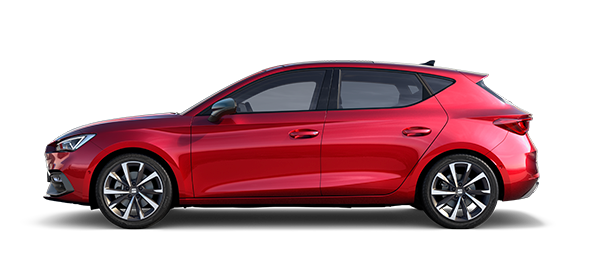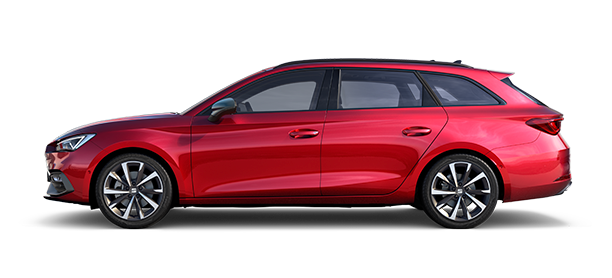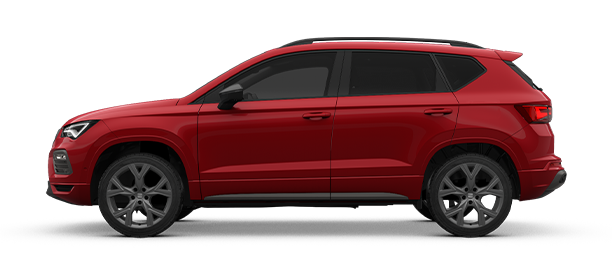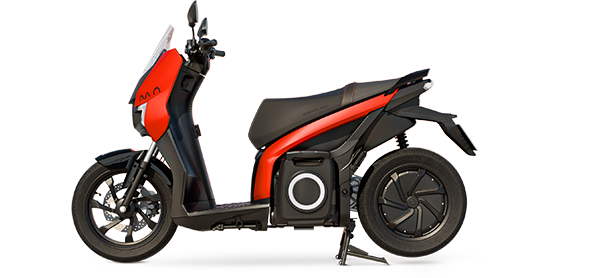A mild hybrid car is a type of vehicle that combines a traditional internal combustion engine with a small electric motor to enhance performance and improve fuel economy. This technology is a step toward electrification but is distinct from full hybrid and electric vehicles. In this article, we’ll break down what a mild hybrid car is, how it works and how it differs from other hybrid cars.
Definitions of Mild Hybrid Car
A mild hybrid car (MHEV – Mild Hybrid Electric Vehicle) uses both a combustion engine and a small electric motor. Unlike full hybrid cars, mild hybrids can't run on electric power alone. Instead, the electric motor supports the engine during acceleration and provides a smoother start-stop system to reduce fuel consumption and CO2 emissions.
The electric motor in a mild hybrid system is powered by a small 48V lithium-ion battery, which is charged by regenerative braking. This means that energy generated during braking or coasting is captured and stored in the battery. The captured energy can be reused to help power the vehicle’s systems, making the car more efficient and reducing running costs.
How Does a Mild Hybrid Car Work?
The key function of a mild hybrid car is to assist the internal combustion engine rather than replace it. The small electric motor helps with the following tasks:
- Acceleration Assistance: The electric motor provides additional torque during acceleration, reducing the strain on the combustion engine. This improves fuel economy and reduces emissions.
- Start-Stop System: Mild hybrid cars have an advanced start-stop system. The electric motor can restart the engine quickly and seamlessly when idling, like at traffic lights, reducing fuel wastage and improving overall fuel economy.
- Regenerative Braking: During braking or coasting, energy that would otherwise be wasted is captured by the system and stored in the battery for later use, helping to further reduce emissions.
Unlike full hybrid vehicles, the electric motor in a mild hybrid cannot propel the car independently. It only works in conjunction with the combustion engine to optimize efficiency and lower emissions.
Differences Between Mild Hybrid and Full Hybrid Cars
Mild hybrids differ from full hybrids (HEVs – Hybrid Electric Vehicles) in several ways:
- Electric-Only Driving: Full hybrids can operate on electric power alone for short distances, while mild hybrids cannot. The electric motor in a mild hybrid only assists the engine.
- Battery Size: Mild hybrids have smaller lithium-ion batteries compared to full hybrids, resulting in a lower level of electrical assistance.
- Fuel Efficiency: Full hybrids offer greater fuel savings since they can rely more on electric power, while mild hybrids provide moderate improvements in fuel economy.
- Complexity and Cost: Mild hybrids are simpler and more affordable than full hybrids, making them an attractive option for drivers who want better fuel economy without drastically changing their driving habits.
Mild Hybrid Cars in SEAT’s Car Range
SEAT offers a range of mild hybrid models designed to provide better fuel economy without sacrificing performance. These models come equipped with the latest mild hybrid technology, ensuring that drivers can enjoy a more eco-friendly driving experience without the need for frequent charging.
For instance, the SEAT Leon e-Hybrid features mild hybrid technology that reduces fuel consumption, making it a practical choice for city driving and long commutes. SEAT continues to expand its range of electrified vehicles, making it easier for drivers to adopt hybrid technology and reduce their environmental impact.
By combining a traditional engine with mild hybrid technology, SEAT’s mild hybrid cars deliver improved efficiency, smoother driving, and reduced emissions, making them an ideal choice for eco-conscious drivers.












